CIO Unplugged 12/13/10
The views and opinions expressed in this blog are mine personally and are not necessarily representative of current or former employers.
Fit to Lead
What to do? Our flight left Jackson Hole way behind schedule. Sitting next to me was a colleague from our cross-town rival. We both grew anxious about the possibility of missing our connecting flight out of Chicago. We landed late.
Within 20 minutes, we had to traverse O’Hare to catch the commuter to Hopkins. Conference fatigue might have been a factor, but before we exited the jet bridge, evidence suggested that we were not going to make it to the departure gate. At least not together.
**************************
New Year’s is fast approaching. This is a traditional time for reflecting on the past and setting a vision for the future. Crafting plans. I do this annual exercise for myself, my career, and with my family.
Need a new challenge?
Consider making 2011 the year of managing energy and getting fit. If you can’t do this for yourself, then do it for others. The people and communities you serve and influence deserve the best you can give (not to mention your family).
Energy is our most critical resource, yet most of us fail to manage it effectively. Year after year, leaders are asked to do more with less, be more productive, and remain fully engaged. If our bodies are not trained to handle the stress load, then the demands on our energy will exceed our capacity. This state of poor health results in lower productivity, disengagement, unfulfilling relationships, and compromised leadership.
I want to live a satisfying life. But am I willing to do what it takes to get there? Are the benefits worth my effort, my sacrifice? According to my wife’s trainer, “You’re never too old to see changes.”
The resources are out there, so ignorance is no excuse. I like the American Heart Association model, and I urge everyone to take their short The Simple 7 assessments. I was shocked to learn that less than 1% of the US population meets The Simple 7 criteria. Retired Generals and Admirals recently sounded another alarm bell this year with their treatise on Too Fat to Fight.
Casual observation suggests that healthcare leaders are not immune. How can we get to accountable care without first living it ourselves?
Ample evidence shows positive correlations between fitness and energy levels and performance and life satisfaction. The Human Performance Institute offers a course for the corporate athlete, which I recommend. In their holistic approach, which encompasses the physical, emotional, mental, and spiritual aspects of life, the Institute reported the following results amongst graduates:
- 75% report they are more engaged with life
- 62% report they are more engaged with their family
- 65% report they are more engaged in taking care of their health
- 48% report improvement in self-confidence
- 57% report they are more productive at work
- 42% report they get better sleep
- 61% report they are more likely to take positive action to make changes in their lives
Being fit provides other benefits. I worked for an organization that gave health insurance discounts based on compliance with one or more of their five measures of health. I worked to meet each criterion, and my health insurance costs were zero!
If I want to keep up with my wife, I’ve gotta be fit. She reminds me that someday we will have grandchildren, and she wants to be able to run and play with them. Heck no, I’m not going to be left to sit on the playground bench. At family reunions, my nephews love to play soccer and touch football, and I’m determined not to be outdone…by too large of a margin, anyway. I have significant interests outside of work, and I know I could not perform any of them well let alone attempt them without adequate energy management.
**************************
I had a choice to make that day in O’Hare. Stay with my colleague and watch our flight depart without us or leave him behind. I decided that making it home to spend time with my family was more important than time with a rival. I moved along and made the flight just as they were closing the door.
Yes, that is a silly story, but how many connections do we miss in life because a lack of energy? We’ve all missed personal and professional flights — and regretted it.
New Year’s is upon us, so make a resolution: 2011 — The Year of the Fit Leader.

Ed Marx is a CIO currently working for a large integrated health system. Ed encourages your interaction through this blog. Add a comment by clicking the link at the bottom of this post. You can also connect with him directly through his profile pages on social networking sites LinkedIn and Facebook and you can follow him via Twitter — user name marxists.



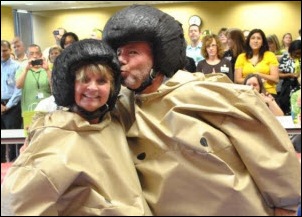


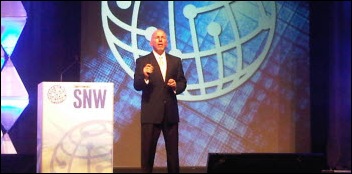


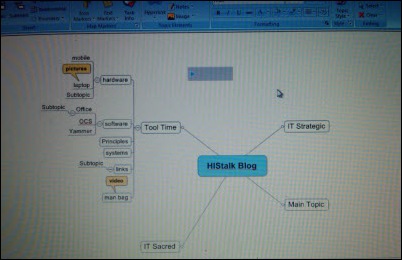


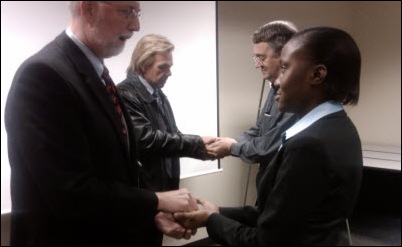

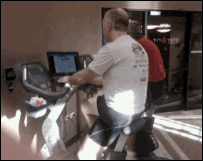



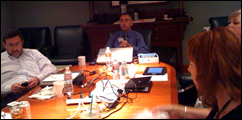
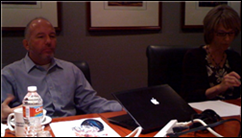
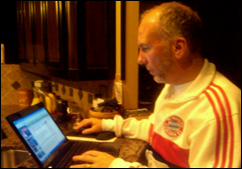
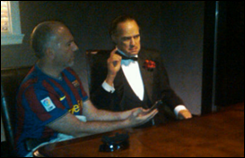
The sentence was "most people just go to Epic UGM" - that's people going to Epic's annual user conference and…